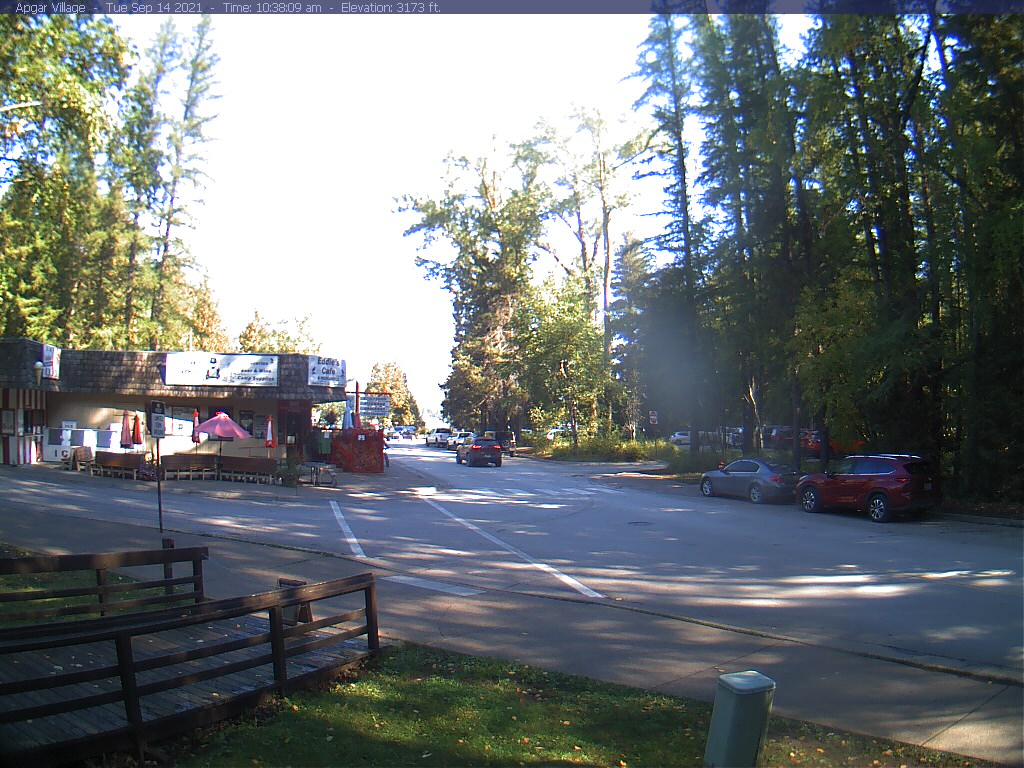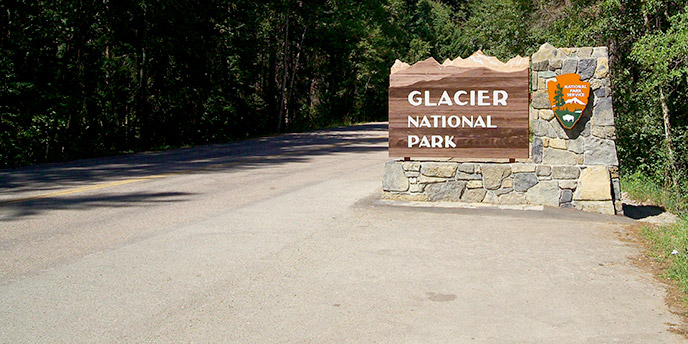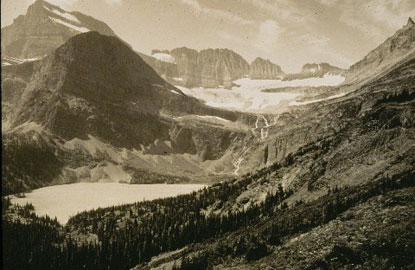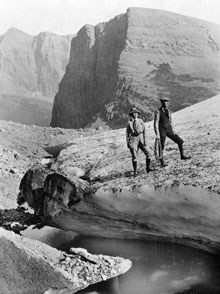 Please log in to see the coordinates.
Please log in to see the coordinates.
 Cache attributes
Cache attributes





 Description
EN
Description
EN
 Glacier National Park Webcam
Glacier National Park Webcam
This is a simple webcam in a beautiful park. This is a National Park which means you must follow all the rules and guidelines. If you are making this trip prepare for the weather and differing hours of operation based on the season. To claim this cache go to the listed coordinates within the park and take a photo of yourself with your GPS or device.

Operating Hours & Seasons

Entrance sign at the west entrance to Glacier National Park in West Glacier NPS Photo Glacier National Park is open every day of the year and visitors can enter the park at anytime. Winter weather tends to dictate when most visitor facilities open and close. Generally from late May to early September, facilities are open to welcome summer visitors. Many people enjoy the "off-seasons" as a time when the park is a bit quieter. Fall can be spectacular, but visitors will need to be more self reliant, as facilities begin to close down for the season. Winter provides a carpet of snow that makes for some good cross-country skiing opportunities. Spring tends to arrive late and last a very brief time, but can provide an interesting and quiet experience. Park Roads Portions of the Going-to-the-Sun Road remain open all year and provide access to many locations and activities. Ten miles of the Going-to-the-Sun Road (from park headquarters at West Glacier to Lake McDonald Lodge) are maintained throughout the winter providing access to winter recreation opportunities at the head of the lake. Be sure to visit our Going-to-the-Sun Road Frequently Asked Questions page for answers to many questions you might have. Plowing park roads and the Going-to-the-Sun Road is a monumental challenge each year. Unpredictable spring snow storms or other weather related events can slow down plowing progress. It is not uncommon for plowing crews to need to re-plow sections of park roads when weather events happen. Safety for our plowing crews, contractors, and the public is our utmost concern and priority. These unknown factors make predicting the opening of the Going-to-the-Sun Road impossible. During plowing season, our Plowing Status page provides information on where plows are working. As the status of park roads change, we will immediately update our Current Road Status page. Visitor Centers Visitor Centers throughout the park open and close at different times during the year and are staffed with Park Rangers who provide interpretation and information to help in trip planning. Apgar Backcountry Permit Office 2015 Apgar Visitor Center 2015 Logan Pass Visitor Center 2015 Many Glacier & Two Medicine Ranger Stations 2015 Park Headquarters 2015 Polebridge Ranger Station 2015 St. Mary Visitor Center 2015 |
History & Culture

Grinnell Glacier circa 1910 NPS Photo Throughout time, people have sought out Glacier National Park's rugged peaks, clear waters, and glacial-carved valleys; its landscape giving both desired resources and inspiration to those persistent enough to venture through it. Evidence of human use in this area dates back to over 10,000 years. By the time the first European explorers came into this region, several different tribes inhabited the area. The Blackfeet Indians controlled the vast prairies east of the mountains, while the Salish and Kootenai Indians lived in the western valleys, traveling over the mountains in search of game and to hunt the great herds of buffalo on the eastern plains. The majority of early European explorers came to this area in search of beaver and other pelts. They were soon followed by miners and, eventually, settlers looking for land. By 1891, the completion of the Great Northern Railway sealed the area’s fate, allowing a greater number of people to enter into the heart of northwest Montana. Homesteaders settled in the valleys west of Marias Pass and soon small towns developed. 
Dr. and Mrs. George Bird Grinnell ontop of Grinnell Glacier NPS Photo Around the turn of the century, people started to look at the land differently. For some, this place held more than minerals to mine or land to farm…they began to recognize that the area had a unique scenic beauty all to its own. By the late 1800s, influential leaders like George Bird Grinnell, pushed for the creation of a national park. In 1910, Grinnell and others saw their efforts rewarded when President Taft signed the bill establishing Glacier as the country's 10th national park. |
 Log entries:
Log entries:
 0x
0x
 0x
0x
 0x
0x




 Rated as: n/a
Rated as: n/a





